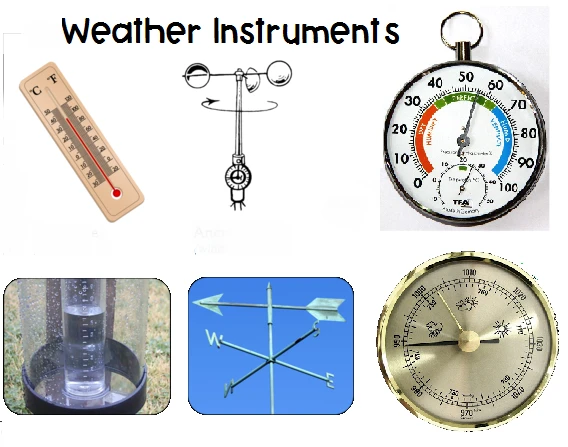
# Weather Gauges and Instruments for Accurate Meteorological Measurements
## Introduction to Meteorological Instruments
Weather gauges and instruments play a crucial role in collecting accurate meteorological data. These tools help scientists, meteorologists, and weather enthusiasts measure various atmospheric conditions to predict weather patterns and study climate changes.
## Essential Weather Measurement Tools
### Thermometers for Temperature Measurement
Thermometers are fundamental instruments for measuring air temperature. Modern digital thermometers provide precise readings, while traditional mercury thermometers remain reliable for many applications.
### Barometers: Measuring Atmospheric Pressure
Barometers track atmospheric pressure changes, which are essential for weather forecasting. Mercury barometers and aneroid barometers are the two primary types used in meteorological stations.
### Hygrometers for Humidity Detection
Hygrometers measure the amount of moisture in the air. Psychrometers (wet-and-dry bulb thermometers) and electronic hygrometers are commonly used to determine relative humidity levels.
## Precipitation Measurement Instruments
### Rain Gauges
Rain gauges collect and measure liquid precipitation over a set period. The most common types include:
– Standard rain gauges
– Tipping bucket rain gauges
– Weighing precipitation gauges
### Snow Gauges
Specialized snow gauges measure snowfall accumulation. Some models melt collected snow to provide water equivalent measurements.
## Wind Measurement Devices
### Anemometers
Anemometers measure wind speed. Common varieties include:
– Cup anemometers
– Vane anemometers
– Sonic anemometers
### Wind Vanes
Wind vanes, or weather vanes, indicate wind direction. Modern versions often combine with anemometers for comprehensive wind measurement.
## Advanced Meteorological Instruments
### Weather Stations
Complete weather stations combine multiple instruments to provide comprehensive atmospheric data. These systems typically include:
– Temperature sensors
– Humidity sensors
– Barometric pressure sensors
– Anemometers
– Rain gauges
### Radiosondes and Weather Balloons
Upper-atmosphere measurements are collected using radiosondes attached to weather balloons. These instruments provide valuable data about temperature, humidity, and pressure at various altitudes.
## Importance of Proper Instrument Placement
For accurate measurements, weather instruments must be properly sited:
– Thermometers should be placed in shaded, ventilated areas
– Rain gauges should be positioned away from obstructions
– Anemometers should be mounted at standard heights (typically 10 meters above ground)
## Maintenance and Calibration
Regular maintenance ensures instrument accuracy:
– Clean sensors and collection funnels
– Check for obstructions around measurement sites
– Calibrate instruments according to manufacturer specifications
– Replace batteries in electronic devices as needed
## Conclusion
Accurate weather data collection relies on properly functioning gauges and instruments. From simple thermometers to sophisticated weather stations, these tools provide the foundation for weather forecasting, climate research, and various industrial applications. Understanding how to use and maintain these instruments ensures reliable meteorological data for all users.
Keyword: weather gauges instruments
